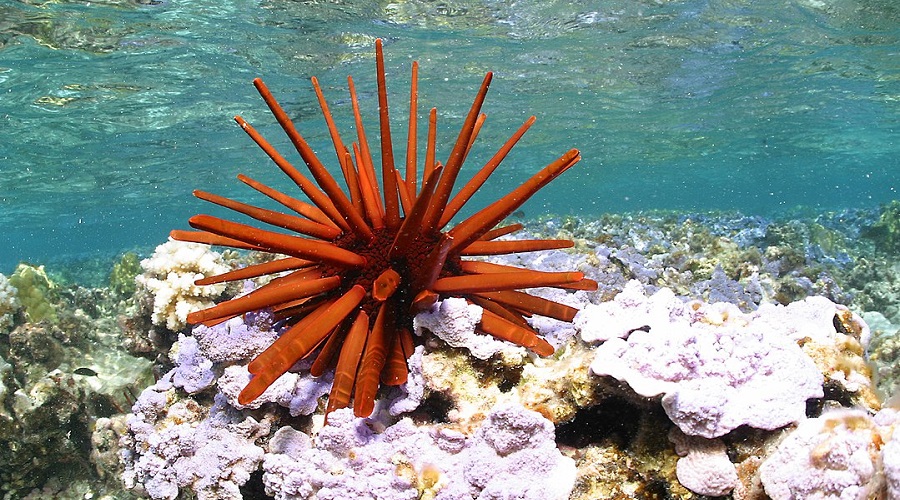
Knowledge provided by local stakeholders such as non-governmental organizations, academics, civil servants, journalists, and fishers can be valuable for evaluating the effectiveness of countries’ marine protected areas (MPAs).
In a recent paper published in the journal Sustainability, researchers with the Sea Around Us initiative at the University of British Columbia’s Institute for the Oceans and Fisheries present a first-of-its-kind approach that involves incorporating qualitative information into a global, hard-data database to get a better understanding of the actual level of protection of each country’s MPAs.
Such qualitative information emerges from both scientific and grey literature and,
especially, from the observations of over 800 stakeholders regarding at least one marine
protected area in their respective country’s Exclusive Economic Zones.
“First, we bridged the detailed fisheries data in the Sea Around Us database and website with other MPA databases. Then, we enriched those data with information from peer-reviewed and other types of publications, as well as local stakeholders’ perceptions to get more rounded evidence on the level of protection of each MPA,” said Veronica Relano, a PhD candidate with the Sea Around Us and lead author of the study. “Our objective was to get an initial look into what MPAs are effective and which are ‘paper parks,’ meaning, legally designated but not effective.”
In response to over 3,000 emails Relano and her co-authors sent out to different stakeholders, 41% provided information on the level of protection in their respective countries’ MPAs. Of those, 814 were asked to answer a one-question questionnaire similar to the service satisfaction polls travellers get when passing through some airports. The goal was that each respondent, independently of origin or background, could answer what they thought was the fishing intensity in an MPA in their country, with possible responses being ‘no fishing,’ ‘light fishing,’ ‘moderate fishing’ and ‘very intense fishing.’
“If within a no-take MPA in which no fishing should occur, most of the respondents from the different stakeholder groups reply ‘moderate’ or ‘very intense fishing,’ we might be dealing with a potential paper park,” Relano said. “In contrast, if for a no-take MPA most of the respondents reply ‘light fishing’ or ‘no fishing,’ the confidence of having a de facto MPA is quite high.”
Once all responses were analyzed, the resulting information was incorporated into the Sea Around Us website and presented as country-level MPA pages. For most countries, one major MPA is presented in terms of its area, official designation, and level of protection, as assessed in the published literature and via the questionnaire sent to local stakeholders.
“The method that we used here is the very first step to identifying potential ‘paper parks,’ which then would need further research to confirm or not the conclusions drawn from the stakeholders’ statements,” said Daniel Pauly, co-author of the study and the Sea Around Us principal investigator. “For now, the new product we are presenting provides a more comprehensive understanding of the conservation status of our oceans.”
The paper “Stakeholder perceptions can distinguish ‘paper parks’ from Marine Protected Areas” appeared in Sustainability, doi: https://doi.org/10.3390/su14159655

